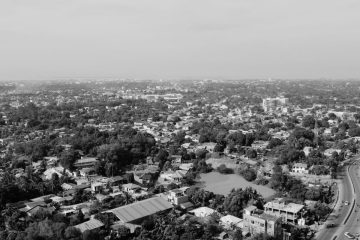What Happened On January 11th?
Guantanamo Bay, located on the southeastern tip of Cuba, had long served as a strategic naval base for the United States. However, in the aftermath of the September 11, 2001 attacks, the base took on a new role as a detention facility for individuals suspected of terrorism. The decision to use Guantanamo Bay as a prison was born out of the need for a secure and remote location to detain individuals considered a threat to national security.
On January 11, 2002, the first group of detainees arrived at Guantanamo Bay, which began a highly controversial chapter in the War on Terror. The first detainees, including Shaker Aamer (Guantanamo Bay torture victim), Mullah Fazel Mohammad Mazloom (Taliban), and Khalid Sheikh Mohammed (September 11, 2001 mastermind) were labeled as “enemy combatants.” Thus, they were held without the protections afforded to prisoners of war or the due process rights granted to criminal suspects. This unique status would become a focal point of legal and ethical debates in the years to come.
The establishment of Guantanamo Bay as a detention center led to immediate legal challenges and international criticism. The detainees’ uncertain legal status and the lack of traditional legal protections stirred concerns among human rights advocates and legal experts. Wrongfully accused prisoners told stories about their torture experiences, causing Geneva Conventions to prompt widespread condemnation from various governments and organizations.
The treatment of detainees at Guantanamo Bay came under intense scrutiny, particularly regarding interrogation techniques employed by U.S. authorities. Reports of waterboarding, stress positions, and other harsh methods fueled allegations of torture and raised ethical concerns. These allegations further fueled debates about the balance between national security imperatives and human rights principles.
The legal battles surrounding Guantanamo Bay detainees reached the highest echelons of the U.S. judicial system. The Supreme Court weighed in on multiple occasions, shaping the legal framework governing the detention facility. Landmark cases such as Rasul v. Bush and Boumediene v. Bush affirmed detainees’ rights to challenge their detention in U.S. courts, contributing to policy changes and the eventual release of some detainees.
Comments, Questions, Concerns?
This is a very controversial topic, as officers and guards violated human rights with brutal torture. My condolences go out to victims were wrongfully accused but suffered the excruciating pain for years on end.
What do you think about these torture techniques? Are they lawfully wrong, or can they be justified in special cases?





